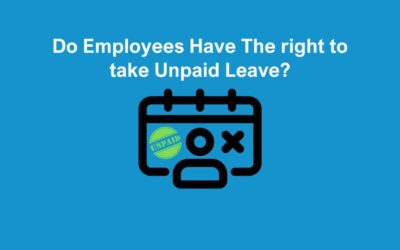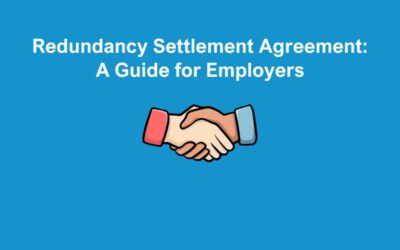It’s important for employees to build relationships with each other and have good rapport. However, when office banter crosses the line to bullying in the workplace, this is a serious problem.
Everyone has a different sense of humour and something that one person finds funny, might be offensive to others. If a comment intended to be ‘just banter’ crosses the line in to bullying territory, this can lead to a harassment claim. Here are our top tips to tackle bullying in the workplace and help you avoid tribunal claims:
What is Banter?
Banter tends to be light-hearted jokes and teasing each other in good-humoured way. Many employees enjoy this type of banter as it makes them feel part of the team. They may even feel more comfortable around their colleagues. This can lead to better communication in the office and make the working day more enjoyable.
When this type of humour is used in a non-offensive way, it can lighten the mood and bring people together. However, this can easily turn in to something that’s no longer funny. To ensure banter doesn’t escalate to harassment, it’s important you make it clear what is considered banter and what crosses the line.
When does banter become bullying in the workplace
Acas says harassment can be defined as: ”Offensive, intimidating, malicious or insulting behaviour, an abuse or misuse of power through means that undermine, humiliate, denigrate or injure the recipient’’.
When jokes get personal, staff can start to feel uncomfortable and can make their work life really difficult. There are certain topics that should never be in the same category as banter in the workplace. This includes religion, race, gender, age, Unwanted physical contact, sexual orientation, identity, Persistent unwarranted criticism, and Personal insults. It doesn’t matter if the majority of staff find it funny. It can make someone in the office feel uncomfortable, offended, and discriminated against. When employees feel this way, this could be considered bullying in the workplace.
How to deal with complaints
Any complaints of harassment must be taken seriously and dealt with promptly. Firstly, you should have a conversation with the employee who has made the complaint to find out what has happened. You may be able to deal with some complaints informally and internally. In this instance, you can offer support and advice, talk to the accused bully, or hold mediation between both employees.
However, formal procedures should be managed correctly. If you don’t have anyone internally to manage this, we encourage you to engage with outsourced HR or employment law professionals.
Improving company culture
The benefits of improving company culture is that it allows you to share the values that’s important to the company and encourage staff to adopt these values too. As part of this, your managers can hold training days to set out expectations and explain the differences between ‘banter’ and bullying in the workplace.
This will also be a good opportunity to share your anti-harassment and bullying policy.
Anti-harassment and bullying policies
An anti-harassment and bullying policy sets a standard straight away for employees. It holds information around conduct and how the business expects staff to behave. This policy should also include the definition of harassment and bullying in the workplace, your legal obligation as an employer, and how an employee can raise a complaint. You should also make it clear that all employees who make a complaint will be supported and protected.
If you would like help to create an anti- harassment and bullying policy, our HR Consultants are more than happy to support you with this.
Management Training
You may want to invest in management training to ensure your team have all the tools to deal with harassment claims correctly. They can then pass on this training to their team to help them understand the seriousness of bullying in the workplace.
We offer a management service with a range of HR subjects to help you create meaningful employee training and development initiatives. To find out management training pricing and also what subjects we cover, take a look on our website now.
Contact Us
If you would like help to tackle bullying in the workplace, contact us now.







